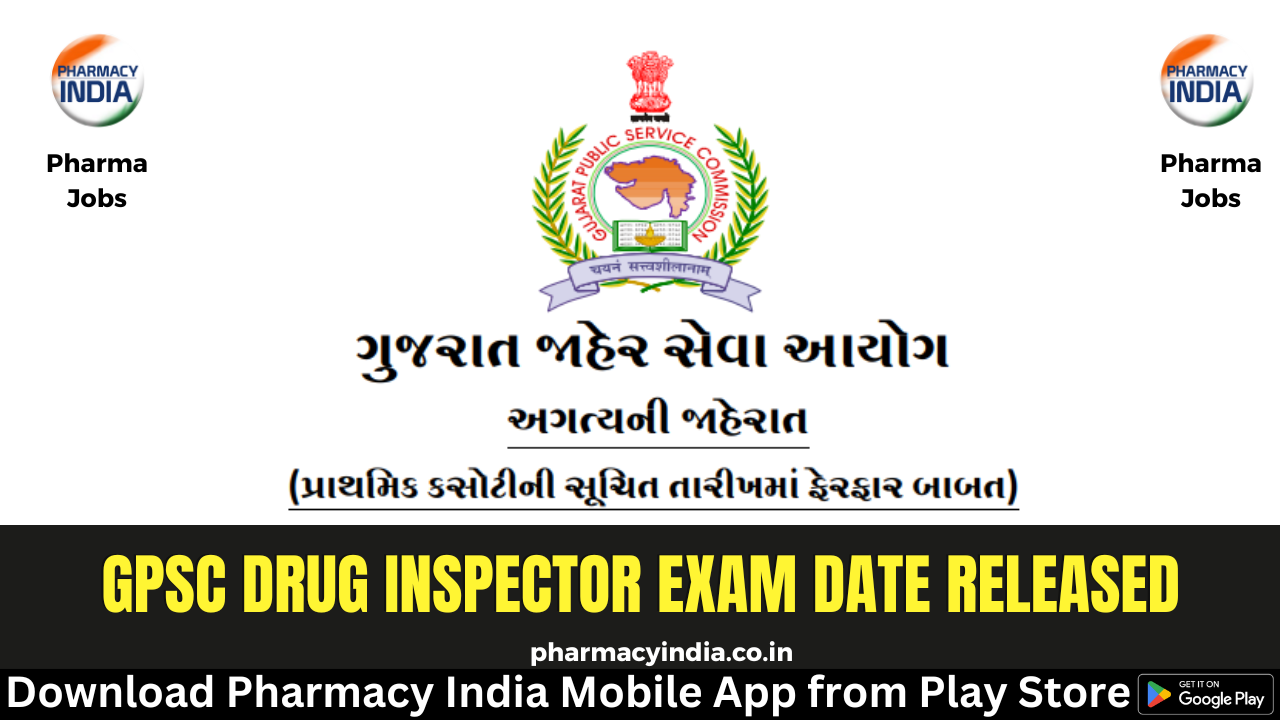Strip cutting of medications has been a significant problem for lakhs of pharmaceutical sellers in the nation, one that has eluded a permanent resolution because to the drug authorities’ callous attitude. Arguments and counterarguments have long flown thick and fast for and against the practise of strip cutting by pharmacists due to the lack of explicit prohibitions in the Drugs and Cosmetics Act. It is true that both regulatory officials and the community of pharmacists are very unclear on the subject. Regulatory officials hold varying opinions on the issue because there is no explicit legal provision stating whether strip cutting is permitted or not.
While some regulatory bodies assert that strips must be cut if the patient requests it or a doctor prescribes it, pharmacists contend that Section 65, which the drug authorities cite to make strip cutting mandatory, is no longer relevant because it was created long before strips were actually used in the country. The fact that strip cutting is an undesirable practise because it might result in the selling of outdated pharmaceuticals to unwary and uneducated customers is still true, notwithstanding the ongoing discussion on the subject.
Strip cutting can really encourage unethical acts to proliferate in the nation given that a sizable portion of our population is still illiterate. It goes without saying that when the strips are cut, the drug’s sliced section may not carry information regarding the drug’s expiration date, production date, batch number, or even its name. It is a truth that virtually daily, manufacturers—even reputable ones—increase or modify the size of one product strip or another. Some strip sizes have increased from 6 to 10 to 15 to 30 to 30, 40, and even 50.
Unorganized conditions are undoubtedly being caused by such enormous strip sizes. The likelihood of cutting a strip rises as a result. Customers will be forced to pay for a strip that they don’t actually need if this doesn’t happen. The consumers are unnecessarily burdened financially. It is clear that the current scenario calls for rationalising strip sizes in accordance with the therapeutic value, dose, and cost of the medicine.
The problem has now been brought on once more by the manufacturers’ adoption of a new business strategy. Pharmaceutical corporations have lately expanded the size of pharmaceutical strips rather than reducing strip sizes, obviously to boost sales and profits. The cost of the medication rises along with the size of the strip. The All India Organisation of Chemists and Druggists, an organisation that represents more than 10 lakh pharmaceutical traders nationwide, has addressed the problem in great detail and agreed to advise the makers to produce tiny packets in order to allow the retailers to avoid strip cutting.
Patients would also benefit from little packages since they will be less likely to purchase doses beyond those recommended by their doctors. The Organization has also made the decision to discuss the matter with India’s Drugs Controller General. Strip cutting is undoubtedly a severe issue that neither the government, the FDA, the pharmaceutical business, nor even the medical community can fully comprehend. The people who suffer the most from losses, the danger of taking the improper or expired medications, and interpersonal difficulties are ultimately the customers and the retail pharmacists. The drug enforcement agencies need to stop treating this matter so sluggishly.






